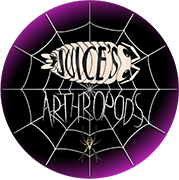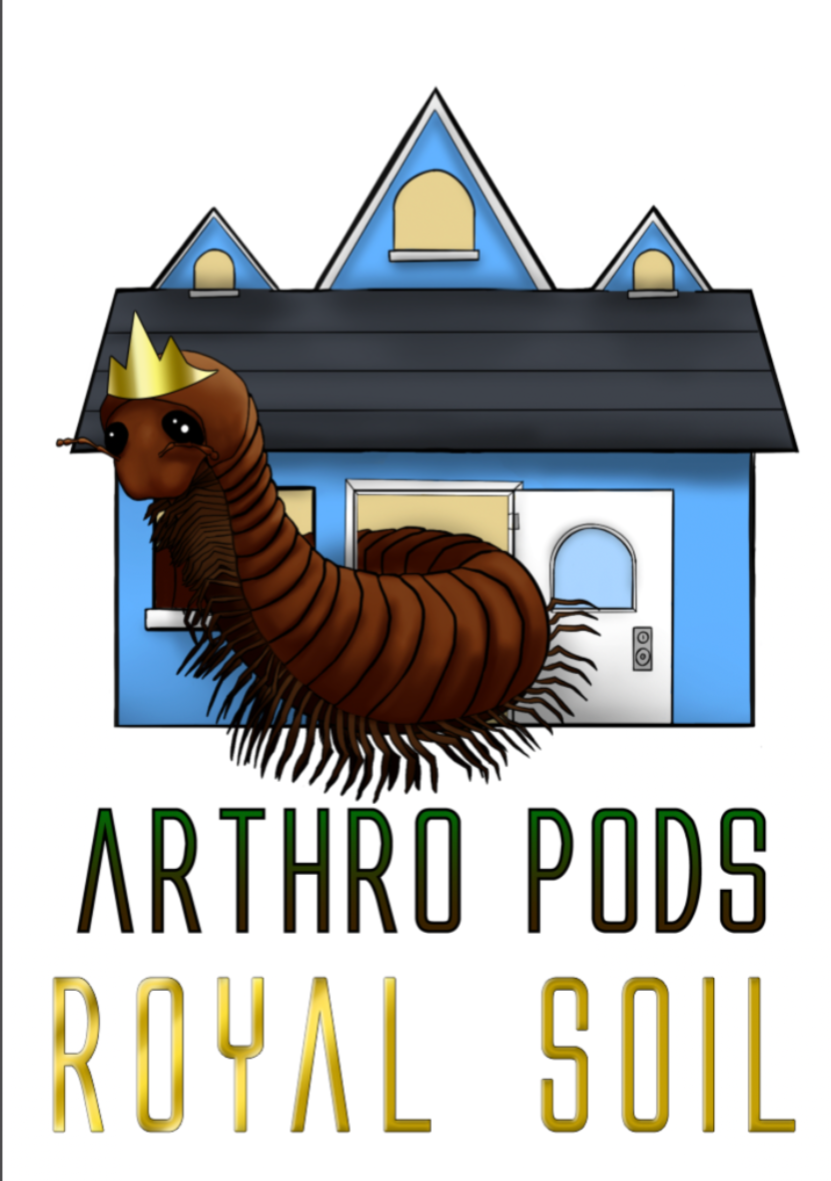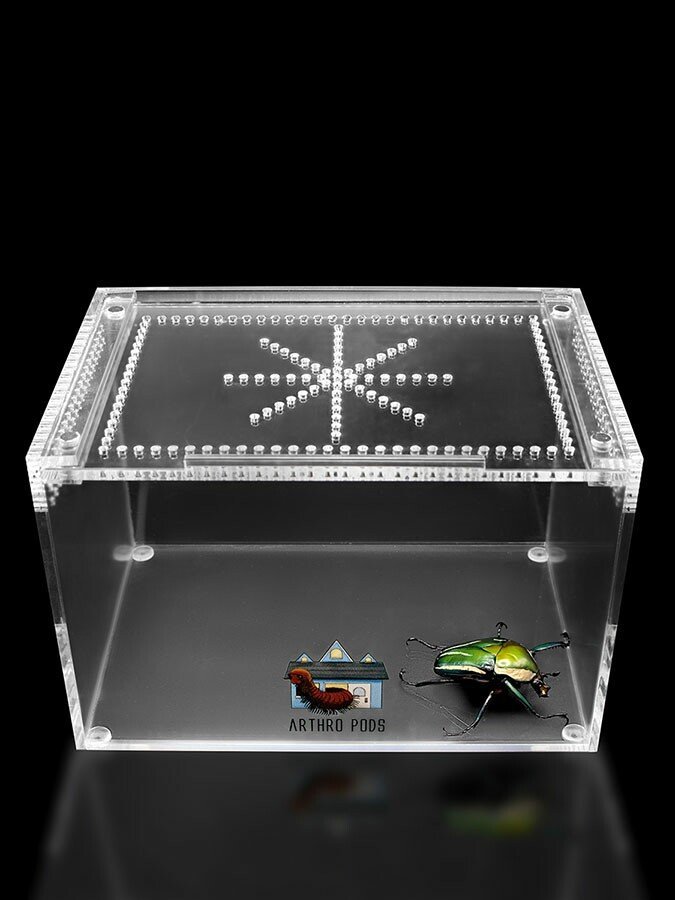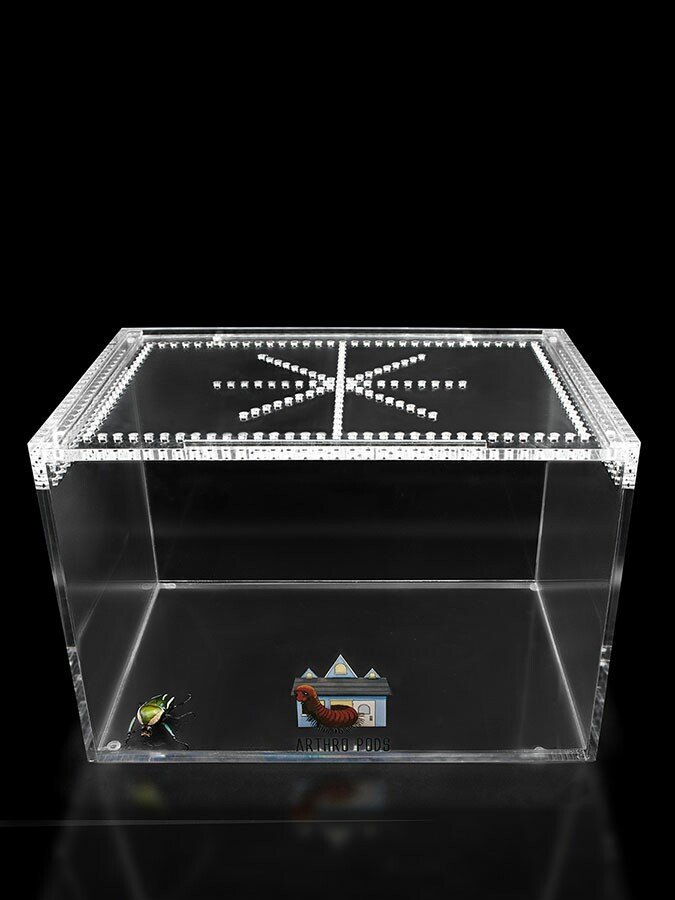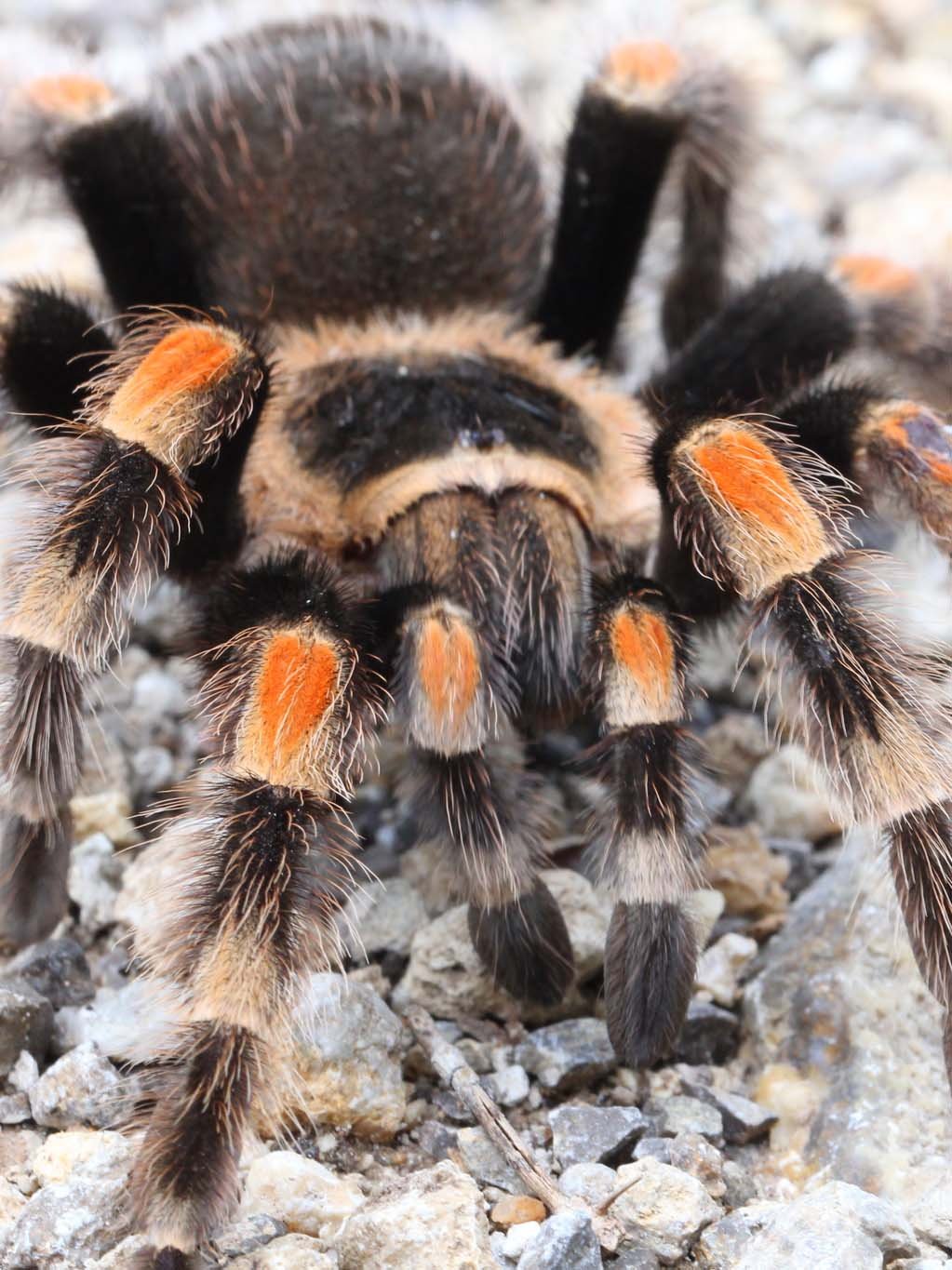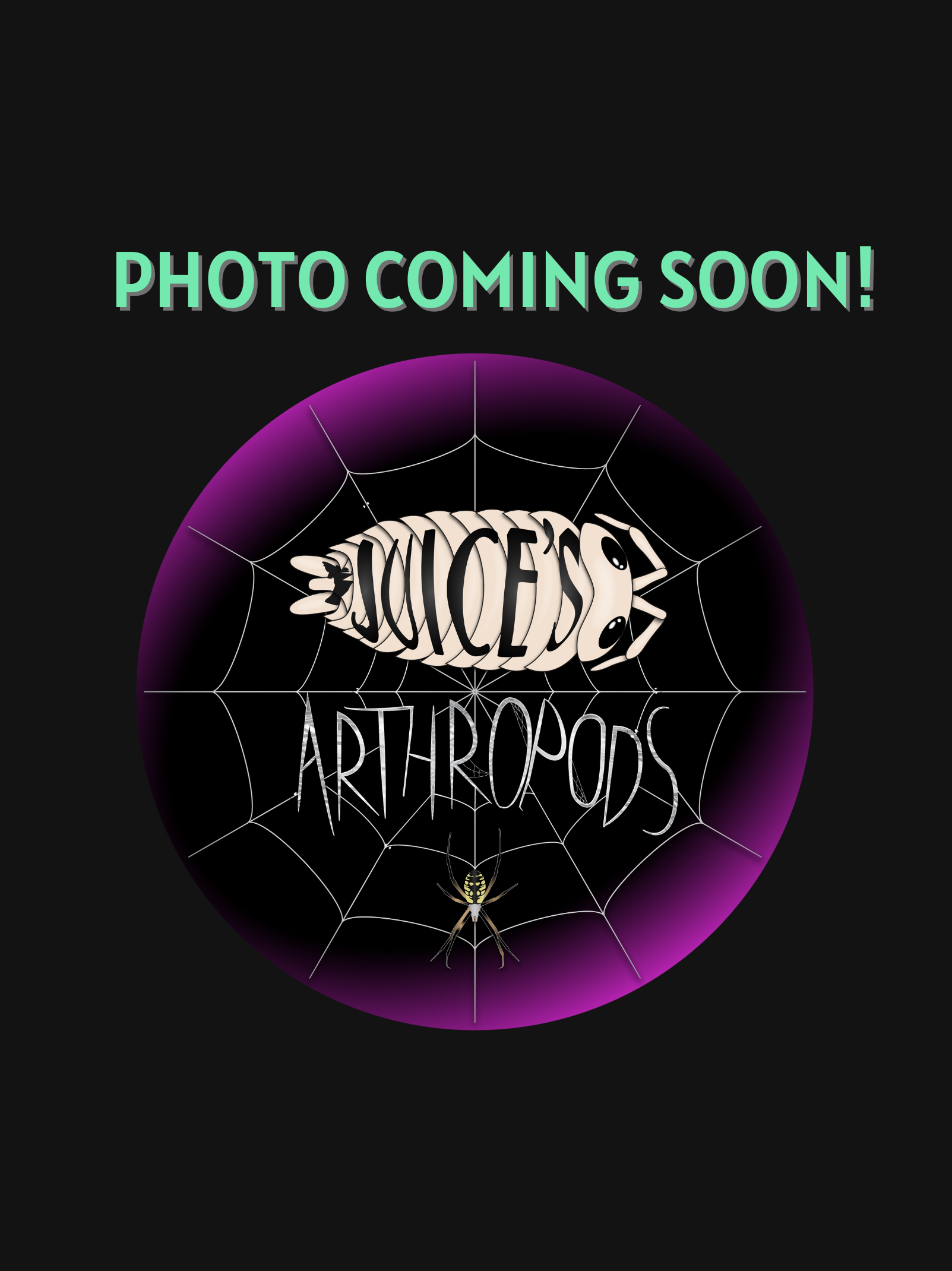 Image 1 of
Image 1 of


Phormictopus atrichomatus
It should come as no surprise that the Phormictopus atrichomatus, or Red Island Birdeater Tarantula, is an enormous tarantula. With vibrant purple hues, this gorgeous giant is not only massive but a visual feast for the more experienced hobbyist. Temperament-wise, we would recommend a more expert keeper due to the sheer size of these creatures and less-than-ideal mannerisms; their personality is often described as "cranky" or "spirited." This doesn’t, however, make them bad pets, merely pets you want to watch more and hold never.
It should come as no surprise that the Phormictopus atrichomatus, or Red Island Birdeater Tarantula, is an enormous tarantula. With vibrant purple hues, this gorgeous giant is not only massive but a visual feast for the more experienced hobbyist. Temperament-wise, we would recommend a more expert keeper due to the sheer size of these creatures and less-than-ideal mannerisms; their personality is often described as "cranky" or "spirited." This doesn’t, however, make them bad pets, merely pets you want to watch more and hold never.
It should come as no surprise that the Phormictopus atrichomatus, or Red Island Birdeater Tarantula, is an enormous tarantula. With vibrant purple hues, this gorgeous giant is not only massive but a visual feast for the more experienced hobbyist. Temperament-wise, we would recommend a more expert keeper due to the sheer size of these creatures and less-than-ideal mannerisms; their personality is often described as "cranky" or "spirited." This doesn’t, however, make them bad pets, merely pets you want to watch more and hold never.
What's the ideal diet for a Red Island Birdeater Tarantula?
All Tarantulas can eat a variety of feeders. Stick to crickets, dubia roaches, silkworms, horned worms occasionally, and a superworm or mealworm as the occasional treat!
How should I keep a Red Island Birdeater Tarantula?
For this particular creature, you can start with a small Terrestrial Terrain enclosure if under a ¼” - 1.2” spiderling (sling), and when they get to be about 1” in size, you will want to upgrade to the medium or large Terrestrial Terrain enclosure. Feed them as slings once a week, twice if their opisthosoma (abdomen) looks small, but if the opisthosoma is wider than their prosoma (pneumothorax), then wait a couple of days to feed. For juveniles or adults, stick to feeding once a week, nothing larger than their opisthosoma. Make sure to keep a full water dish at all times; wider and deeper is fine. Your tarantula can’t drown; they float on water.
How long could a Red Island Birdeater Tarantula live?
Females are believed to live roughly 15+ years, with males reaching up to 3-4 years on average. All estimates are based on multiple sources.
